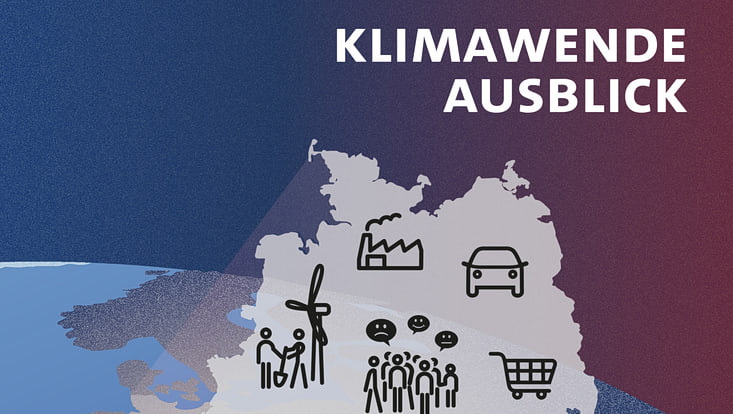and Society (CLICCS)
Path to net-zero emissionsExtreme heat in Europe: every year counts
4 June 2025

Photo: Adobe Stock/erika8213
Even if the global community were to stop emitting greenhouse gases tomorrow, today’s heat records in Europe would continue for centuries – and could become even more extreme if climate action is delayed. A delay of just a few years can increase the intensity and frequency of extreme heat. This is the finding of a new study by the Cluster of Excellence CLICCS at Universität Hamburg and the Max Planck Institute for Meteorology, in collaboration with researchers from Australia.
The timing of when we stop emitting greenhouse gases plays a decisive role in future heat development. Simulations with different idealized scenarios – ranging from an emissions stop in 2030 to as late as 2060 – show: the later the goal is reached, the hotter and more frequent extreme heat days will become. “A delay of five years already leads to clearly measurable differences that persist even after a thousand years,” explains CLICCS doctoral researcher Eduardo Alastrué de Asenjo, whose study has now been published in the journal Environmental Research Letters.
The situation is particularly severe in the Mediterranean region. There, today’s most extreme heatwaves could become thirty times more likely if the net-zero target is not reached until 2060. In Central, Eastern, and Northern Europe, the risk increases by a factor of two to five. Extreme temperatures like the record highs of 2023 or 2019 would no longer be exceptional – but the new normal.
Even at net zero emissions, the climate continues to change
One key finding of the study dispels a common misunderstanding in the climate debate: even if a net-zero state – where no new emissions are added, as envisioned by the Paris Agreement by 2050 – were reached immediately, the climate would not remain as it is today. Climate change continues due to long-term effects such as the slow warming of the oceans. “What we see as heat records today will become the average maximum yearly temperatures in the stabilized climate of the future,” says Alastrué de Asenjo from the climate modelling group. The simulations project a thousand years into the future – and show that extreme temperatures remain consistently high.
Every delay in climate action has long-lasting consequences, even if emissions are eventually reduced to zero. Adaptation strategies – for example, for heat protection in cities, agriculture, or healthcare – must therefore be designed not just for the short term, but for many generations.
Looking a thousand years ahead
Alastrué de Asenjo and his colleagues used especially long-term climate simulations and, for the first time, investigated how the annual maximum daily temperature develops over time spans of up to a thousand years – and how the timing of an emissions stop affects this.
“Every year in which we fail to significantly reduce emissions counts,” says Eduardo Alastrué de Asenjo. “What is decided today will determine how hot it will be in Europe for many generations to come.” The study did not only consider the global average temperature but specifically analyzed four European regions: Central and Western Europe, Northern Europe, Eastern Europe, and the Mediterranean. This provides an important foundation for region-specific climate adaptation.
Publication:
Alastrué de Asenjo E., King A. D., Ziehn T. (2025): European heat extremes under net-zero emissions; Environmental Research Letters; DOI: 10.1088/1748-9326/addee4


